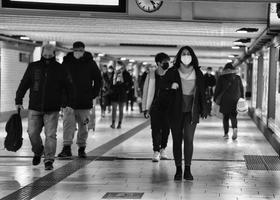For the 2025-26 school year, there is 1 public preschool serving 109 students in Camden, AR.
Camden, AR public preschools have a diversity score of 0.46, which is less than the Arkansas public preschool average of 0.65.
Minority enrollment is 72% of the student body (majority Black), which is more than the Arkansas public preschool average of 47% (majority Black).
Best Public Preschools in Camden, AR (2025-26)
School
(Math and Reading Proficiency)
(Math and Reading Proficiency)
Location
Quick Facts
Rank: n/an/a
255 Pope Street
Camden, AR 71701
(870) 836-6876
Camden, AR 71701
(870) 836-6876
Gr: PK | 109 students Minority enrollment: 72%
Camden, Arkansas Public Schools (Closed)
School
Location
Quick Facts
Alternative Learning Center (Closed 2009)
Alternative School
327 Stewart Street
Camden, AR 71701
(870) 836-9367
Camden, AR 71701
(870) 836-9367
Gr: 7-12 | 42 students Student-teacher ratio: 5:1 Minority enrollment: 67%
Frequently Asked Questions
How many public preschools are located in Camden, AR?
1 public preschools are located in Camden, AR.
What is the racial composition of students in Camden?
Camden public preschools minority enrollment is 72% of the student body (majority Black), which is more than the Arkansas public preschools average of 47% (majority Black).
Recent Articles

10 Advantages of Public Education in 2025
Explore 10 key benefits of public education in 2025, with fresh statistics, expert insights, and real-world examples for parents and educators.

COVID-19鈥檚 Lasting Impact on U.S. Public Schools (2025)
Explore how COVID-19 continues to affect U.S. public schools in 2025: learning losses, enrollment shifts, mental health, and recovery strategies.
